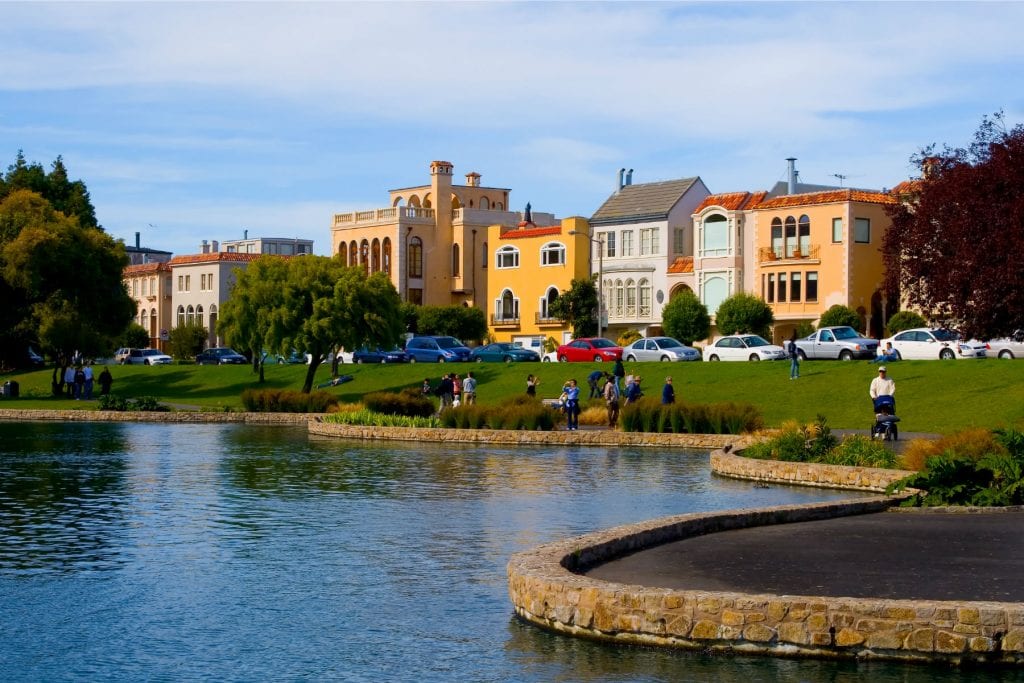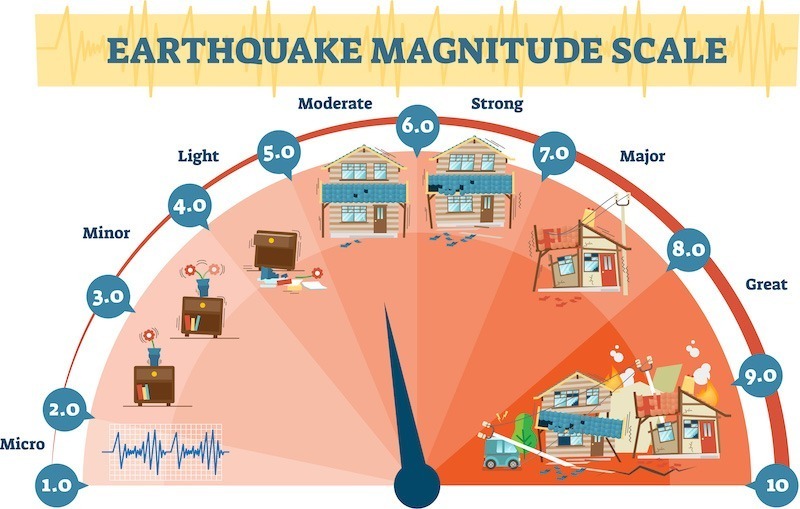The Loma Prieta Earthquake – 30 Years of Safety and Progress
What Happened?
Today marks the 30th anniversary of the earthquake that is now considered a turning point in earthquake science and safety in the Bay Area. At 5:04 p.m. on October 17th, 1989, a magnitude 6.9 earthquake struck the San Francisco and Monterey Bay areas. It lasted 15 seconds and its epicenter was near the Loma Prieta peak in the Santa Cruz Mountains. At the time the earthquake hit, warm-ups were starting for the third game of the World Series being held at the now demolished Candlestick Park, a series that both Bay area teams were playing in, the Oakland Athletics and the San Francisco Giants. For the first time a major earthquake’s first jolt was televised.
The earthquake ultimately took 67 lives, injured more than 3,700, and caused greater than $5 billion dollars in damages. Forty-two of the deaths occurred when the double-deck I-880 freeway in Oakland collapsed. An upper section of the Bay Bridge also tumbled. Built on soil and minimal to no underlying bedrock caused the city’s most significant damage to be centralized in the Marina district. SF had enjoyed several decades of relative environmental peace and stability prior to this quake. The jarring results of the Loma Prieta quake drove significant changes in earthquake safety and research.

Homes along the Lagoon at the Palace of Fine Arts
What Followed?
Following the Loma Prieta earthquake, a new era of research to gain insight into earthquakes, their aftershocks, and finding more accurate ways to predict them and find their epicenters began. Stanford, which was significantly impacted by the earthquake, led some of this research at the School of Earth Science. The U.S. Geological Survey has partnered with other organizations to assist in improving understanding of the threat of earthquakes, promoting awareness of safety measures, and developing strategies to reduce earthquake losses. Strict regulations were enacted in San Francisco and other communities to require buildings to be retrofitted and adhere to new standards. All bridges in the Bay Area were retrofitted to meet new standards for withstanding seismic activity.
More about the positive changes are well noted in an SFGate article that was recently published we shall defer to their research and reporting How 1989 Loma Prieta quake changed San Francisco — for the better.
What Do I Need to Know When I Buy A SF Home?
Residential Earthquake Hazards Disclosure – SF Real Estate
How do we prepare?
Earthquake Safety Tips
-
Before:
- Gather an emergency preparedness kit.
- Develop an evacuation plan for your household (don’t forget the pets!).
- Know your community risk level.
- Know earthquake emergency plans for schools/workplaces of each family member.
- Be aware of safe places within your home.
- Know emergency radio stations or apps for your phone to connect to in an emergency situation.
- Know how to shut off gas valves & where tools needed to do so are located.
- Have a professional come evaluate your home and foundation for earthquake safety.
- Keep a fire extinguisher, flashlights, and batteries available on each level of your home.
-
During:
- Drop, cover, and hold on! Drop to your hands and knees. Ensure that your head and neck are protected. Hold on to sturdy furniture for cover until the shaking stops.
- Be cautious about falling objects.
- If you smell gas inside, exit the building and move as far away as you can.
- If you are outside, find a clear spot and drop to the ground.
- Pullover to a clear location and stop if you are driving. Be cautious of bridges, overpasses, and falling objects. If a power line falls on your vehicle do not exit.
-
After:
- Check that you are safe and your injuries are attended to prior to providing aid to others.
- Before returning home (if you are away) check with authorities to ensure it is safe.
- Prepare for and expect aftershocks. Remember drop, cover, and hold on.
- Look for and put out small fires. Fires are the most common hazard after earthquakes.
- Inspect your utilities (electrical, gas lines, water lines) for damage to prevent further issues.
- Check frequently on the radio, TV, or internet for public safety updates.
Where Can You Find Resources?
-
- Earthquake checklist (including before, during, and after steps) available from FEMA here or the Red Cross here
- City of SF Department of Building Inspection Earthquake Preparedness info
- SF72 – SF’s Hub for Emergency Preparedness
- Track recent quakes at Earthquake Track


